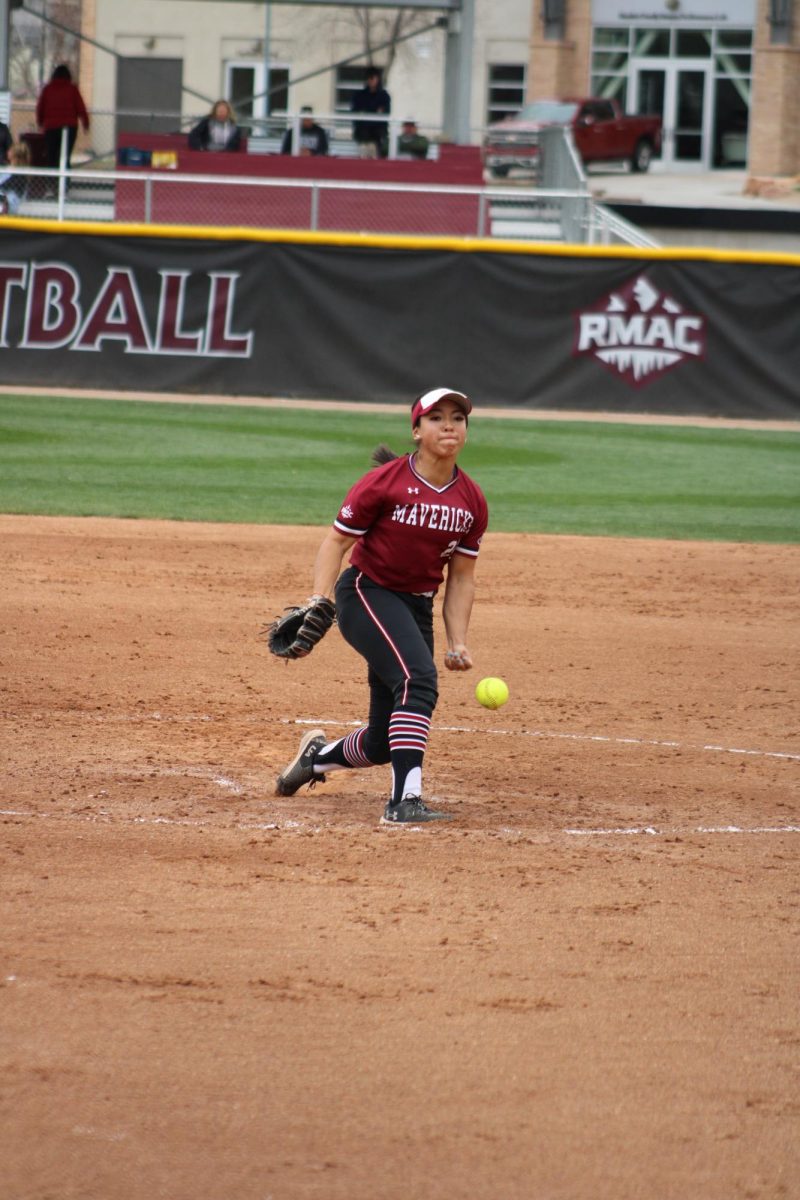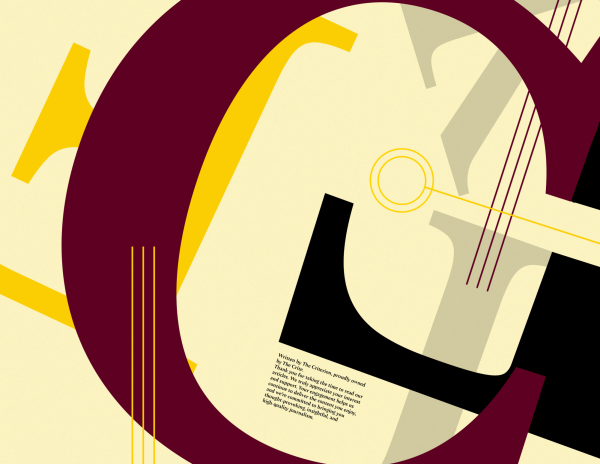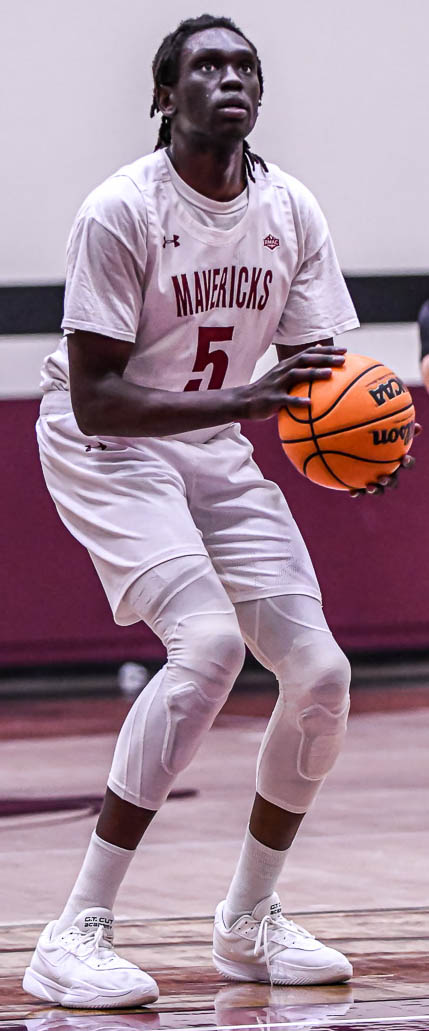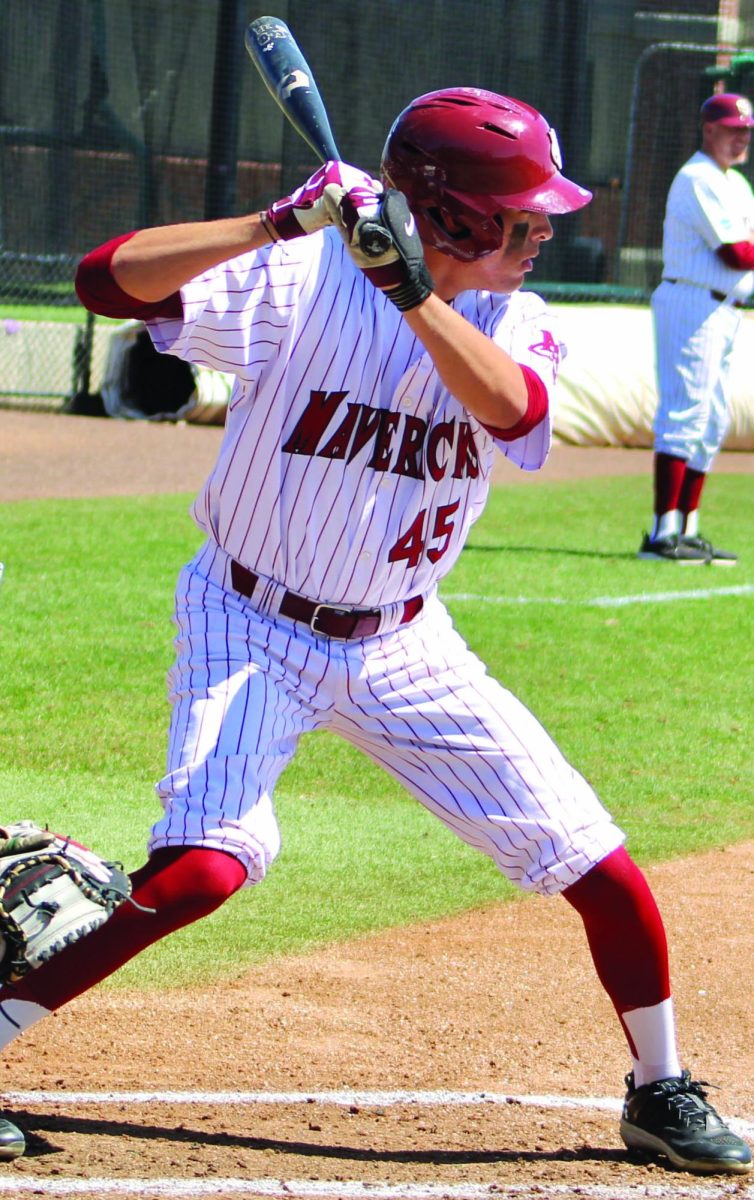by Alec Williams

Medical marijuana and the NFL go together like Michael Jordan and baseball: not well. Medical marijuana has been outright banned by the National Football League officials since we have had conversations about weed. In that same time, marijuana has still been used by those players despite the rules.
Current and former players continue to call on the NFL to loosen this ban especially in states that have legalized its use. Suffice to say, football players take multiple hits and subsequently handle a lot of pain, so they need something to ail that pain.
Players are forced to use injectable numbing agents like vicodin, oxycontin, marcaine and toradol for their chronic pain. These medicines have the capacity to be incredibly helpful but they have also had an incredible history for addiction, something sports organizations tend to look for when banning a drug.
Sports Illustrated reported as many as 70 percent of NFL players use marijuana according to former running back Ricky Williams. That number cannot really be substantiated, but it is something to be considered nonetheless, there is an active group in the NFL that regularly uses marijuana.
This fact can be mirrored with the larger national public population group who also uses marijuana, many for medicinal purposes ranging from chemotherapy relief, epilepsy and multiple sclerosis to name a few.
Regardless of their strict ruling on marijuana, the NFL still gives their players some wiggle room. Every year NFL players are subjected to a single drug test, unless they are on a probation program, in which case they can be subjected to multiple tests. This one test begins on, of course, April 20, the unofficial weed holiday. The testing period then lasts until early August. For the most part, players are able to smoke marijuana with caution as long as it is not in their system on the day they get tested, which is not a clear science, because there is a threshold.
I won’t get into the science, but players are not supposed to have more than 15 nanograms of carboxy THC per milliliter of urine to 35 nanograms. I don’t really know what that means either.
Despite the efforts these players can push towards the NFL and other sports organizations, marijuana restrictions are still largely a federal issue. Until more progress is made with research and national legalization, the same conversation is going to be had over and over again.
The DEA and federal government still consider this a very addictive drug with very negative effects, giving it a schedule one label, along with heroin and methamphetamine.
There is a real belief brewing in the United States that marijuana is not as bad as it has been made out to be. Clearly there are many people out there who have improved their quality of life thanks to it.
Current and former NFL players are already given a higher quality than many thanks to their incredible salary and celebrity status, but, that should not cause a hindrance towards their








